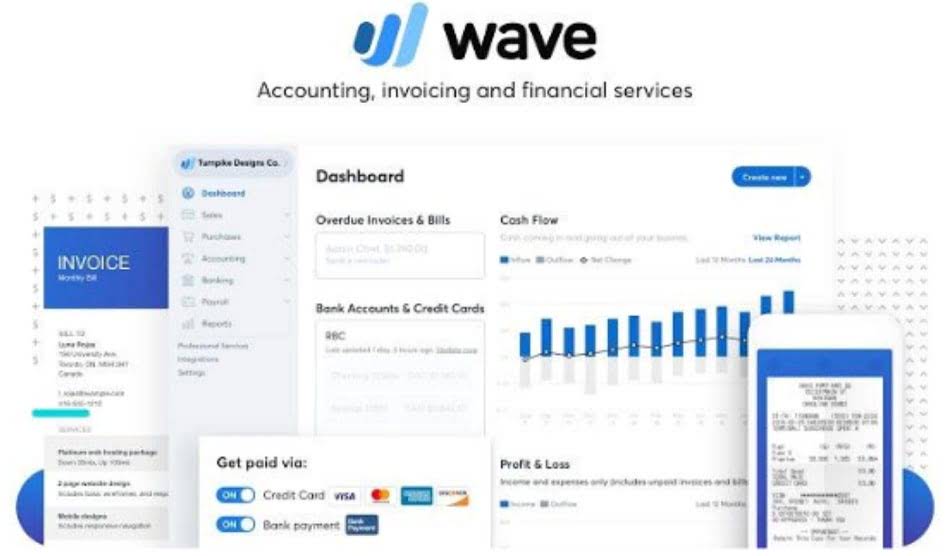
The adoption of the ROP in inventory management brings with it a suite of advantages that can revolutionize the way businesses handle their stock. Once you maintain the inventory level and the customer orders a delivery, your delivery team can use Upper to ensure on-time, fuel-efficient deliveries for business success. Calculate your reorder points and have a clear idea of purchasing trends over a specific time. The more you calculate ROP for an individual product, the more accurately you can forecast product demand in the future.
Let’s understand the concept of reorder point and how to implement it in your business operations. Meredith is a Content Marketing Specialist at ShipBob, where she writes articles, eGuides, and other resources to help growing ecommerce businesses master their logistics and fulfillment. Here are the most commonly asked questions about the reorder point formula. Conversely, it can be costly to replenish inventory when you completely run out. If you have to expedite getting product from your manufacturer, you’ll likely incur additional fees. If you want to bypass all the calculations above, try our reorder point calculator below.
Assessing your inventory
And if you have excessive inventory, you will have to do a couple of things. Unpredictable changes in the supply chain, such as delays or disruptions, can impact the effectiveness of your ROP strategy. Determining the right amount of safety stock is a critical component in the implementation of an effective ROP system, yet it can be a complex task. For instance, a retail store might see a spike in sales during the holiday season, while a beachwear shop may experience its peak during summer months. Lead time demand is the amount of stock you use during the time it takes to receive a new order. It’s the secret ingredient to ensuring you always have just the right amount of stock at the right time without overfilling your storeroom, or worse, running out.

The ROP is the minimum stock level of a specific product before you need to add more inventory. Warehousing bulk merchandise over long periods can cut into profit margins. Bulk products that sit in a warehouse longer than planned can cause expenses to add up. It can impact factors like operational cost, tax, insurance, and deterioration of inventory. It can help you increase your business numbers, ensure client retention, and stand out.
Safety stock
Many business owners and managers view ROP as a somewhat mystical figure, hard to pinpoint accurately, potentially leading to either overstocking or understocking. This ambiguity arises from the challenges in accurately predicting market demand and supply chain inconsistencies. If your medical inventory crosses a certain limit, you need to replenish the inventory. It can help to prevent lost sales and ensure you fulfill the customer demand.
- Now we’ll plug the figures from our example into the reorder point formula.
- When you leave a comment on this article, please note that if approved, it will be publicly available and visible at the bottom of the article on this blog.
- Now that you have every variable required for calculating reorder points, you can use the ROP formula to get your desired results.
- Be mindful of increased delivery times or growing quality control issues.
- It’s important to understand your unique business dynamics and adapt the concept to fit them.
- Customers come around, they’re checking the shelves, they’re looking for a certain product, but you don’t have it because you didn’t order enough or didn’t receive them on time.
- Knowing your ROP helps you place an order with enough time to receive, process, and restock it.
Conversely, if your on-site inventory is becoming difficult or costly because of how much you have, and you’re not reordering very often, then you should decrease your quantity. Lead time is when you place a purchase order with your supplier or manufacturer for a product and when you receive the product. The importance of maintaining your stock reorder point increases during what is rop in business a peak season when the demand and website traffic is higher. For instance, if you operate an online clothing store and your reorder point for a white t-shirt for men was 10, you need to reorder the t-shirts when there were 10 left in stock. However, you can overturn the situation through effective inventory management and result-oriented strategies for better results.
Enhancing customer satisfaction
As we explained, you determine reorder points by multiplying your daily sales velocity by shipment lead time, and adding in any safety stock. If you notice a change in sales velocity or lead time, it’s time to set new reorder points. Establishing reorder points frees up crucial capital and ensures your business is operating at maximum efficiency across inbound and outbound logistics.